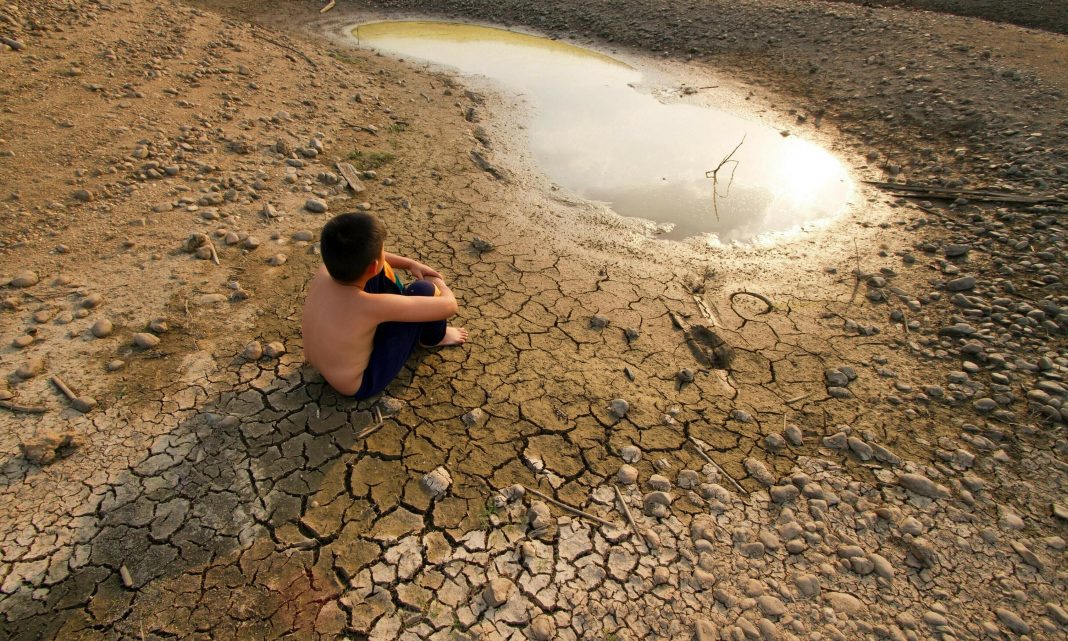 https://twitter.com/home https://www.facebook.com/Shabbir.Hussain191
https://twitter.com/home https://www.facebook.com/Shabbir.Hussain191By Shabbir Hussain
ISLAMABAD, Nov 27 (Alliance News): Recent disasters linked to anthropogenic climate change have forced macroeconomic experts to take a closer look at macroeconomic modeling that integrates climate risk, and turn their attention to sustainability as a key priority. has given
In this paradigm shift, climate risk emerges as an indispensable component of the modern production function, emphasizing the urgent need to incorporate it into macroeconomic planning.
Without the integration of green energy and environmental policies, such planning remains incomplete and ineffective, failing to address the critical challenges posed by climate change.
This concept is of great importance, especially for developing countries like Pakistan, both vulnerable to climate change and climate injustice, as it accounts for less than one percent of global emissions. Sometimes we face floods and sometimes droughts.
We need to address this climate change crisis through an integrated approach of the 3Es, economics, energy and environment. Recognizing the interconnectedness between sustainable energy policies, climate resilience and macroeconomic stability, policymakers in Pakistan must now prioritize green energy initiatives and environmental policies.
By adopting renewable energy sources, improving resource efficiency, and implementing strict environmental regulations, Pakistan must mitigate climate risks, reduce greenhouse gas emissions, and promote sustainable economic growth. .
– Advertisement –
Pakistan is facing a multi-faceted crisis that includes economy, energy and environment. The crisis has been exacerbated by multiple crises, including inflation, the Russia-Ukraine conflict, the Covid-19 pandemic and the effects of climate change.
Pakistan thus has a substantial current account deficit due to the widening gap between capital inflows and outflows, which in turn increases debt levels. According to the State Bank, total imports in March were $3.99 billion, of which 36.52 percent were petroleum products.
On the energy front, Pakistan is highly dependent on imported energy, especially for electricity and transportation. This dependence poses a major challenge and adds to the country’s economic woes. Additionally, in terms of environment, Pakistan faces challenges such as floods, heat waves, melting glaciers, droughts, and changing weather patterns.
These crises are interconnected, as economically weak conditions lead to inefficient choices in the energy sector, leading to environmental degradation such as air pollution, smog, heat waves, inadequate flood management, and inadequate adaptation measures. Included.
Therefore, changes in one area reverberate in other areas. For example, Pakistan’s heavy reliance on petroleum products for transportation is financially burdensome and environmentally unsustainable.
The country spends $15 billion annually on transportation of petroleum products alone. This heavy reliance on fossil fuels not only exacerbates the country’s balance of payments problems, but also contributes to severe environmental degradation and public health risks.
Moreover, global oil price volatility exposes the economy to external shocks, as rising oil prices not only widen the trade deficit but also lead to currency devaluation and inflation.
Therefore, green investment, especially in the renewable energy sector, is very important for Pakistan. They can provide a cushion against macroeconomic shocks, inflation, current account vulnerabilities and self-sufficiency.
However, without integrating green solutions into economic policies, the problems seem intractable. Currently, it appears to be considered outstanding. It needs to be incorporated into macroeconomic and financial stability frameworks and policies.
Below are viable ways to achieve an integrated approach to addressing major economic crises that address climate risk. We need a comprehensive framework to scale up green financing. It should be built on three main pillars.
The first is public sector policies. The government should implement a number of public sector policies to address the critical issue of climate change and promote sustainable development. Foremost is the need for a comprehensive tax policy that actively encourages and supports green investment.
By introducing tax incentives, such as tax credits, for businesses and individuals investing in environmentally friendly initiatives, the government can potentially stimulate the transition to a low-carbon economy.
Through these viable pathways through public sector policies, international support for climate financing, and engagement with the private sector with a comprehensive framework, Pakistan can pave the way for a greener and more resilient future.


